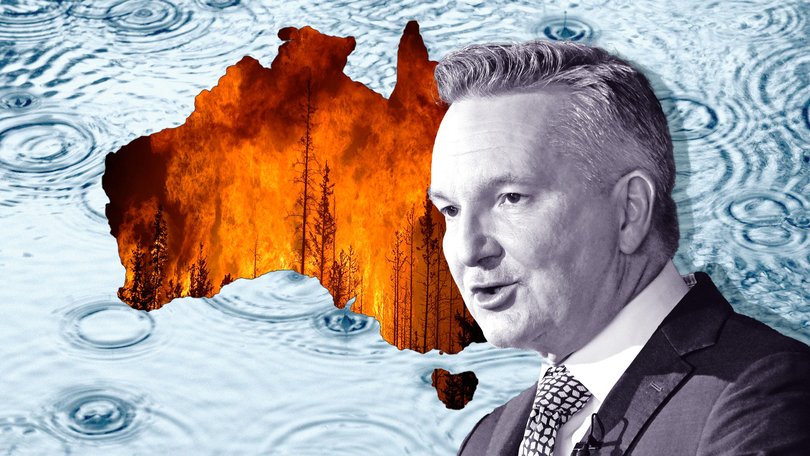National Climate Risk Assessment goes under microscope after outlining bleak future

Australia’s “confronting” climate future will be explored in Parliament as a bombshell report lays bare the risks ahead.
The National Climate Risk Assessment, which canvasses a concerning uptick in expected heat-related deaths and ballooning risks for coastal towns as sea levels rise, is to be scrutinised.
At a crunch moment for climate policy, the report authors will be grilled about Australia’s vulnerabilities to weather hazards and the government’s plan to manage them.
Sign up to The Nightly's newsletters.
Get the first look at the digital newspaper, curated daily stories and breaking headlines delivered to your inbox.
By continuing you agree to our Terms and Privacy Policy.Anthony Albanese’s Government is considering its 2035 emissions target, which is due to be released later in September.
The Prime Minister described the risk assessment as a wake-up call for anyone who denied climate change existed.
The cost of disaster recovery payments could rise by $40 billion a year as climate hazards compounded, the report warned.
It painted a sobering picture of Australia’s ecosystems, economy and way of life under global warming above pre-industrial levels.
Climate Change Minister Chris Bowen acknowledged many Australians would find the climate impacts “confronting” but a vital reminder to keep cutting emissions.
“At a time when the political debate is focused on the cost of action, both real and imagined, this report is a reminder that the cost of inaction will always outweigh the cost of action,” he said.
Federal Liberal frontbencher Andrew Hastie indicated he would quit or be dumped if the Coalition did not abandon its 2050 net-zero greenhouse gas emissions target.
Opposition Leader Sussan Ley and her deputy Ted O’Brien have advocated for “credible” targets that do not overburden households and businesses.
“We need to reduce emissions, but not at any cost,” they said.
A sharp increase in deaths due to heatwaves was among the most concerning findings of the climate risk assessment.
In addition, as many as 1.5 million people could be impacted by coastal extremes, such as flooding and cyclones, by 2050.
The vulnerabilities of coral reefs to higher ocean temperatures have been well-documented but broad-based ecosystem changes can also be expected, with roughly half the native plant species found in any location anticipated to be different at 3C of warming.
Taxpayers are also expected to pick up a bigger bill for disaster response and home owners could experience significant losses in property values.
Northern Australia was singled out as the most vulnerable to worsening weather hazards, with the outer suburbs of cities, the regions, and lower socio-economic areas also predicted to suffer more as average temperatures trend higher.
